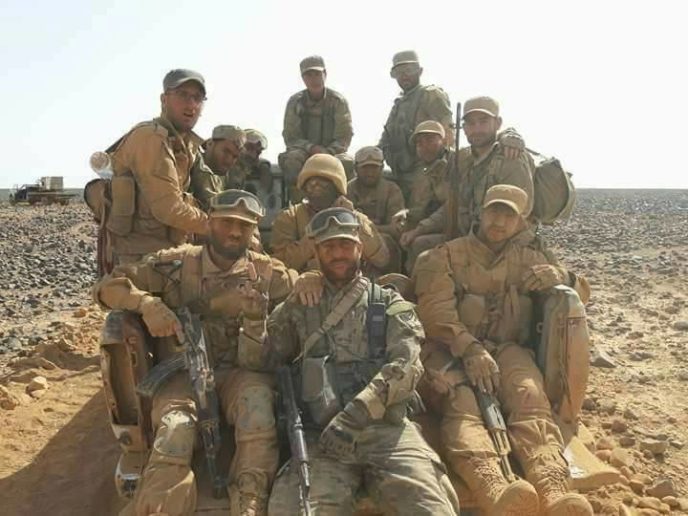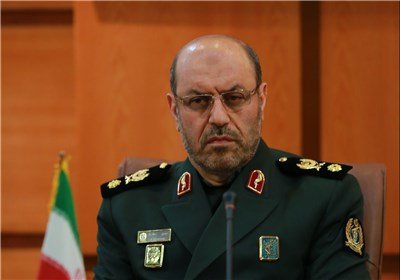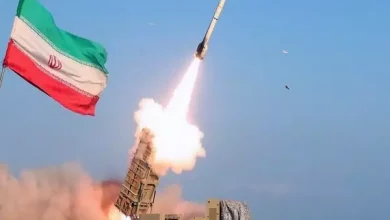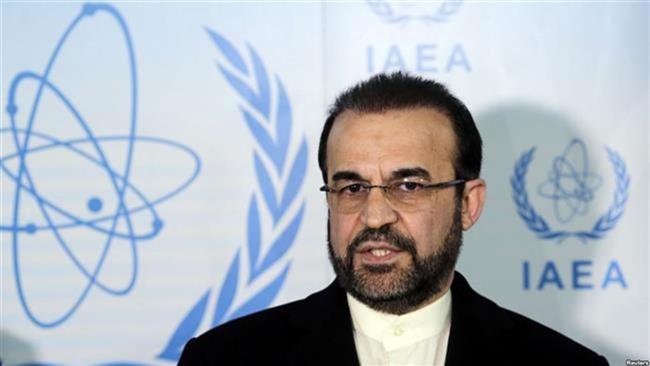Iraq recovers remains of 139 people in Daesh mass grave
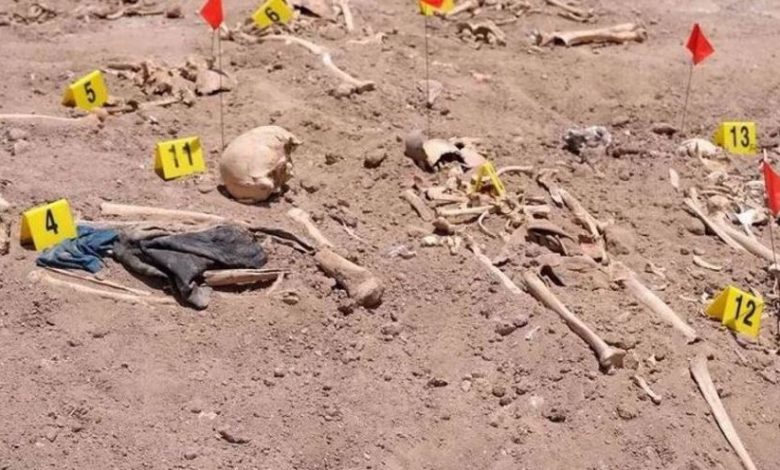
Iraq has found a mass grave containing the remains of victims of the Daesh terrorists during the time period they ruled over the region from 2014 to 2017.
An Iraqi official said on Sunday that authorities had removed the remains of bodies from a large pit believed to contain Daesh victims.
Located in northern Iraq about 70 kilometers west of the former Daesh stronghold of Mosul, the Alo Antar hole, a natural desert feature turned into a mass grave by Daesh, is in the city of Tal Afar in the Nineveh Governorate.
The number of bodies dumped into the pit is yet unknown, but efforts are underway to remove more remains.
“We have removed the remains of 139 persons and also human body parts,” said Dia Karim, director of the mass graves department at the Foundation of Martyrs, a government institution tasked with finding mass graves and identifying remains.
“They include women and men,” Karim said, adding that “according to testimonies, the victims date back to Daesh rule” in the region, or before, when Al-Qaeda was present in the area.
According to the testimonies gathered by Karim, “the victims are Yazidis, Shia Turkmen and security forces personnel from Mosul.
Major General Qassem Soleimani
Daesh victims “were not buried but dumped in the hole,” according to Ahmed al-Assadi from the Foundation of Martyrs. He said the depth of hole varies in different parts ranging between 42 and 12 meters.
Assadi said, “Some of the victims had been shot and others were found with their throats cut.” He said several victims were found in body bags.
The clothing on the victims indicated that they might have been Yazidis or Turkmen, adding that other bodies were found in orange jumpsuits of the kind typically worn by Daesh hostages.
The victims’ remains were taken for DNA testing at forensic centers.
Iraqi forces found the mass grave after liberating the area in 2017, but the work to recover the bodies only started in May 2024.
Mass graves of victims related to the Daesh period, or dating back to the time dictator Saddam Hussein ruled over Iraq, are frequently identified; however, the identification process is slow, costly and complicated.
Daesh, according to UN estimates, left behind more than 200 mass graves which might contain as many as 12,000 bodies.
Al-Khasfa, a much larger hole then Alo Antar, located in northern Iraq, is also thought to contain the bodies of many Daesh victims.
Ayatollah Khamenei made the remark in a meeting with General Soleimani’s family members.
Daesh had captured swathes of territory in Iraq and neighboring Syria by mid-2014.
At its peak, it held about a third of Syria and 40 percent of Iraq, imposing a series of draconian laws on its people.
International efforts to Iraq and Syria confront the group succeeded and Iraq’s former Prime Minister Haider al-Abadi declared the end of military operations against Daesh in the Arab country on December 9, 2017.
Al-Abadi had formally declared victory over Daesh in Mosul, the de facto capital of the extremist group’s self-declared caliphate on July 10 that year.
General Qassem Soleimani, commander of the Quds Force of Iran’s Islamic Revolution Guards Corps (IRGC), who was martyred by the Americans, played a prime role in Iraq’s liberation.


